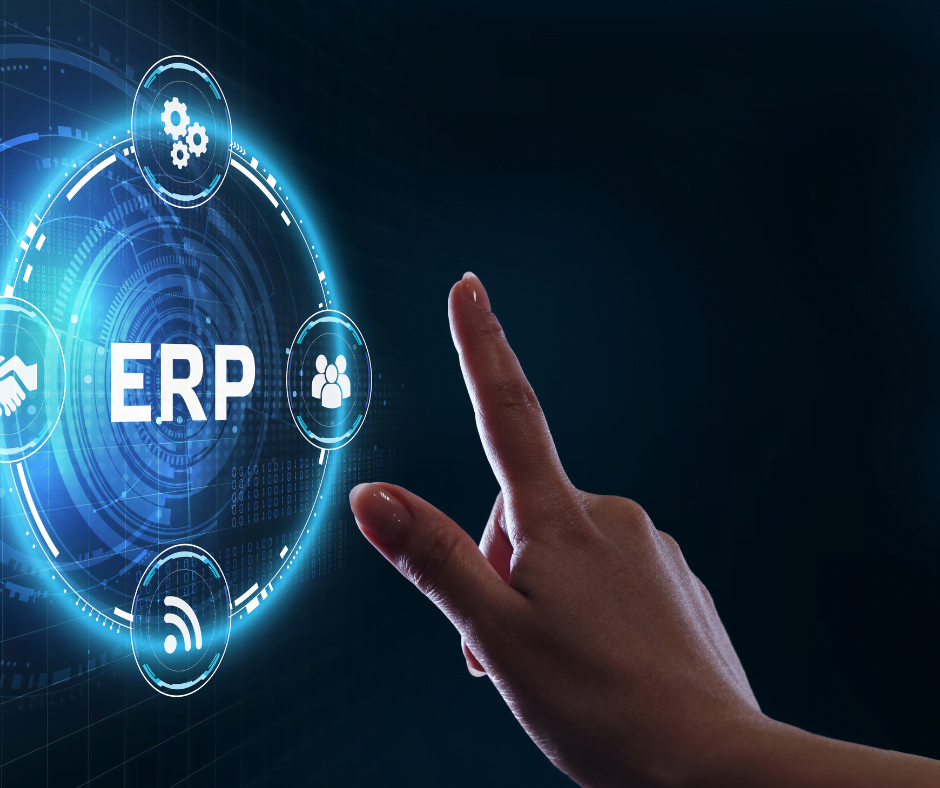Many Enterprise Resource Planning (ERP) packages allow organizations to manage their products and their product inventory within the ERP system. If all goes well, this ERP system is the heart of your organization, so why would you want to store your product information elsewhere?
Well, there are some excellent reasons for that. The most crucial consideration you must make is: what does the organization’s structure look like? Which (digital) information flows are there, and which systems to use?
Structure
Many organizations use several other software programs besides their ERP package— for example, a CRM package for managing customer data or an HRM system for managing personnel data. Here is a list of products on the website and perhaps in your Point Of Sale system for paying for those products.
In addition, many companies have not yet entirely digitized product information, especially regarding products with many options or variations. Hey often fall back on leaflets and brochures or call their supplier for precise details.
Fragmentation
Too often, we see that the information about a product is often very fragmented across different digital and non-digital systems. Indeed, if these systems are not linked, it is impossible to update all data and keep it up to date constantly.
In addition, we see that ERP systems regularly have insufficient options for adding different types of information. Or example, consider the following:
- Colors, weight, and dimensions
- Product descriptions
- Pictures or product videos
- Versions by country
- Manuals and instructional videos
- Taxonomy: what is covered by what?
In other words: Product Information Management is a profession in itself, so you would prefer to store the available product information centrally.
Difference between PIM and ERP
In an ideal setting, your PIM system would be the ‘central hub’ for all product information, with all output channels (site, marketplaces, catalogs, etc) connected to it in various ways.
All the connected sources draw their product information from a central Product Information Management system. The main functions of your PIM system are then threefold:
- Collect information about the available product from various sources.
- Enrich and update the product information.
- Distribute the information about the product to other systems.
An ERP package, on the other hand, has many more tasks. His package is more about internal processes and links software packages and activities of various internal processes (and departments) with each other.
The isolation of the product data in a separate Product Management System ensures that the information can be managed and enriched from one central point and that the other systems always work with the same information.
Do I need to purchase a PIM system?
Not by definition. A product Information Management system is especially relevant if you have many products and product variations and your products are complex. Your consultants do not always recommend a separate PIM system. Still, they will always look at the nature of your products and how the information flows are organized in your company or organization.
Want to learn more about PIM?
If you have any questions regarding Product Information Management, from PIM Selection to Implementation or how a PIM would fit in your IT landscape? Feel free to browse our Knowledge Base of articles on everything PIM related.
Visit our Knowledge Base

